Human Translation vs Machine Translation: Best Fit for SaaS?
The debate between human translation vs. machine translation has been intensifying, especially among software and SaaS companies aiming for global expansion. Choosing the right translation method is crucial for effective product localization and expanding market reach. A well-localized product can significantly enhance user experience and boost adoption rates across different regions.
Recent advancements in artificial intelligence have led to substantial improvements in machine translation, making it a viable option for many companies. A report by Grand View Research indicates that the global machine translation industry was valued at $978.2 million in 2022 and is projected to grow at a compound annual growth rate (CAGR) of 13.5% from 2023 to 2030. This rapid expansion highlights the increasing reliance on automated translation services in the tech industry.
In this article, we’ll review the pros and cons of both human translation vs. machine translation. We’ll explore their application in the translation process for SaaS products, compare their effectiveness in handling cultural nuances and idioms, and discuss how each can be integrated into existing workflows. Additionally, we’ll provide guidance on making the right choice for your business, considering the nature of your requirements.
Understanding Human Translation
Human translation vs. machine translation highlights the critical role of cultural sensitivity in ensuring that content is not only accurately translated but also contextually appropriate.
Human translation is the process of a professional human translator converting text from one language to another, for instance, German to English. Traditionally, it has been a cornerstone of the localization process, ensuring that content is not only accurately translated but also culturally relevant and contextually appropriate. This method relies on the expertise of native speakers who can capture the subtleties, connotations, and cultural references of the source text, producing high-quality translations that resonate with the target audience.
One of human translation’s primary strengths is its ability to handle nuanced linguistic and cultural contexts. Human translators are adept at managing idioms, subtleties, and cultural nuances that automated systems often struggle with. This is particularly important for translation projects that involve complex or creative content, where maintaining the original tone and intent is crucial.
Furthermore, human translation offers flexibility in dealing with diverse and specialized content. Professional human translators can adapt their approach to meet specific requirements, ensuring that technical documents, marketing materials, and other content types are accurately and effectively translated. This adaptability is essential for industries with unique terminology and regulatory standards, such as legal, medical, and technical fields.
For example, a study by the European Commission highlighted that even with the help of machine translation services, human translators are indispensable for ensuring translation quality in specialized fields, where a deep understanding of both language and subject matter is required.
By integrating professional human translators in your translation process, you can achieve accurate translations that are not only linguistically precise but also culturally sensitive, providing a seamless experience for your global audience.
The Rise of Machine Translation
As a counterpart in the human translation vs. machine translation debate, machine translation provides unparalleled speed and scalability for businesses operating in fast-paced industries.
Machine translation refers to the automated process of converting text from one language to another using computer algorithms and translation software. Over the years, this technology has evolved significantly, with recent advancements such as neural machine translation (NMT) pushing the boundaries of what is possible. NMT utilizes neural networks to improve translation accuracy and fluency, mimicking how humans understand and generate language.
The benefits of machine translation are multifold, making it an attractive option for many companies.
One of the primary advantages is its speed. Machine translation engines can process large volumes of text in a fraction of the time it would take a human translator, which is critical for fast-paced software development cycles. This rapid turnaround allows companies to keep up with the demands of global markets and quickly adapt their products for different regions.
Another significant benefit is cost efficiency. Automated translation services reduce the need for extensive human resources, lowering translation costs significantly. This makes machine translation an appealing choice for businesses looking to scale their operations without incurring prohibitive expenses.
Scalability is another key advantage of machine translation. As companies expand into new markets, the ability to quickly and efficiently translate content becomes increasingly important. Machine translation systems can handle this demand with ease, providing consistent and reliable translations across multiple language pairs.
According to a report by the European Commission, the implementation of NMT, along with professional expertise and raw machine translations, has led to substantial improvements in translation quality, bringing machine-generated translations closer to human-level accuracy.
By leveraging machine translation tools like Google Translate and DeepL, you can achieve cost-effective and scalable translation solutions, making it easier to reach a global audience with centralized and localized content.
Human Translation vs. Machine Translation: Comparing Quality and Context
When comparing the quality of output from human translation vs. machine translation, it becomes evident that each method has its strengths and weaknesses depending on the type of content being translated.
Human translation is renowned for its ability to produce high-quality, accurate translations that are sensitive to cultural nuances and idioms. Professional human translators, who are often native speakers, can understand and convey the subtleties and connotations of the source text, ensuring that the translated content resonates with the target audience. This is particularly important for marketing materials, legal documents, and other specialized content that requires a deep understanding of the language and culture.
On the other hand, machine translation excels in speed and scalability, making it ideal for large volumes of text that need to be translated quickly. However, despite advancements in NMT, machine translation can still fall short in certain scenarios. For instance, machine translation engines often struggle with idiomatic expressions, jokes, and other content that relies heavily on cultural context. Additionally, highly specialized industry terminology can pose a challenge for automated systems, leading to inaccuracies that can affect the overall quality of the translated content.
By understanding the strengths and limitations of both human translation and machine translation, you can make informed decisions about your translation process. Combining the efficiency of machine translation with the precision of professional human translators can lead to accurate translations that meet both speed and quality requirements.
Integration and Workflow Automation
For companies weighing human translation vs. machine translation, integration with translation management systems can help combine the strengths of both approaches for optimal efficiency.
Integrating machine translation into existing translation management systems (TMS) can significantly streamline workflows and enhance efficiency in the localization process. By embedding automated translation services into the TMS, companies can facilitate seamless collaboration between human translators and MT engines, ensuring a smooth and efficient translation process.
One of the primary benefits of this integration is the ability to automate repetitive tasks. For instance, machine translation tools can handle the initial translation of large volumes of content, which human translators can then review and refine. This machine translation post-editing (MTPE) approach leverages the speed of automated systems while maintaining the high quality and cultural sensitivity that human expertise provides.
Furthermore, the potential for workflow automation in localization processes is vast. Automation can help manage translation projects more effectively, reducing turnaround time and improving consistency. For example, automated workflows can trigger specific actions, such as assigning tasks to translators, updating translation memories, and tracking progress, all without manual intervention. This not only speeds up the translation process but also minimizes the risk of errors.
According to Webinar Care, the right software can eliminate human errors and reduce translation costs by 90%.
By integrating machine translation systems into your TMS and leveraging automation, you can achieve a more cost-effective and efficient localization process. This approach not only accelerates the time-to-market for new software releases but also ensures that your translated content maintains a consistent level of quality and accuracy.
Human Oversight and Machine Assistance
In an AI-driven environment, human translators play a crucial role in ensuring the quality and accuracy of translations through machine translation post-editing and quality assurance. While MT offers speed and scalability, it is the human touch that refines the output, making it reliable and suitable for diverse translation projects.
Post-editing involves human translators reviewing and correcting the output generated by machine translation engines. This process helps to address any inaccuracies and ensures that the translated content is contextually appropriate and culturally sensitive. By leveraging their deep understanding of language and cultural nuances, human translators can enhance the translation quality beyond the capabilities of automated systems alone.
Combining human expertise with machine efficiency leads to optimal results in translation and localization. For instance, automated systems can handle the bulk of translation work, quickly processing large volumes of text. Human translators then step in to fine-tune the content, ensuring that it meets the high standards required for professional use. This hybrid approach not only saves time and reduces translation costs but also guarantees high-quality and accurate translations.
Making the Right Choice for Your Business
Choosing between human translation vs. machine translation depends on several factors. Understanding these factors can help you make informed decisions that align with your business goals and resources.
For smaller companies or startups with limited budgets, machine translation can be a cost-effective solution for handling large volumes of content quickly. However, it’s important to consider the nature of the content. For technical manuals, user guides, or content that requires precise terminology, MT might suffice with minimal post-editing by human translators
Larger enterprises with diverse and complex content can hire professional translators to refine machine translation’s output. While the MT will take care of the initial and large-scale translation, human experts can review and ensure that the translated content resonates with the target audience.
That’s where OneSky comes in. OneSky leverages this hybrid approach to enhance translation quality and efficiency. Our system integrates advanced AI tools for initial translation and translation memory while ensuring that native speakers and certified translators review and refine the content. This collaboration ensures high-quality, culturally appropriate translations that resonate with the target audience and makes it ideal for businesses looking to expand their research without incurring significant translation costs.
This is especially critical for marketing materials, legal documents, and other content where cultural accuracy and context are paramount. Professional translators can also help you ensure compliance with regulatory requirements, which is crucial for industries like healthcare, legal, and finance.
When considering your translation solution, it’s crucial to evaluate the target language and source language involved. Some languages and language pairs are more challenging for automated systems due to structural differences and cultural complexities. In such cases, human translators’ expertise becomes invaluable in delivering accurate translations.
According to a CSA report, companies that prioritize translation see a 1.5 times increase in total revenue.
Enhance Your Localization with OneSky
At OneSky, we aim to bridge the gap in the human translation vs. machine translation debate by integrating the best features of both into a cohesive solution.
While human and machine translation have their own perks and penalties, you should prioritize your business requirements first, and instead of asking which type of translation service is better, is it human or machine? Smartness and efficiency lie in merging the pros of both, which will automatically eliminate the cons of each other.
OneSky understands the importance of delivering high-quality translations to meet your diverse needs. Our translation technology blends the best of human and machine translation to provide culturally accurate, scalable, and cost-effective localization services.
By integrating machine translation engines with the oversight of our professional human translators, we ensure that your translation projects are handled with the utmost precision and care.
Make your business multilingual with OneSky’s advanced AI localization tools and reach a global audience with accurate translations.


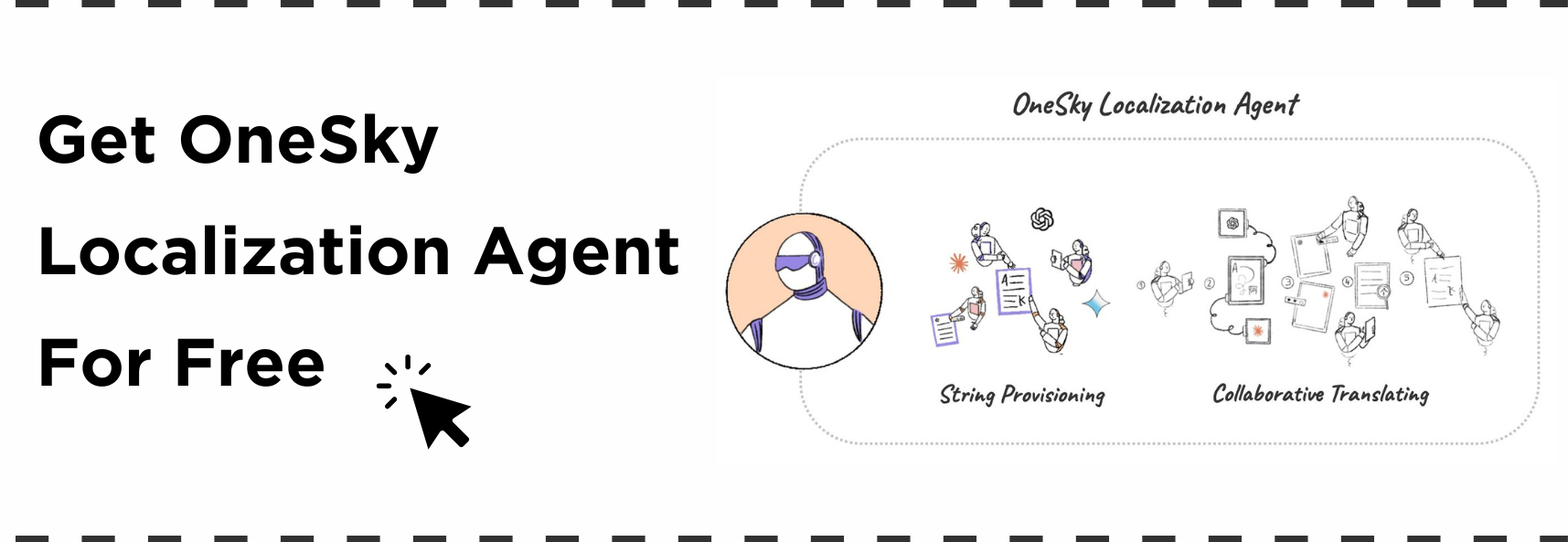
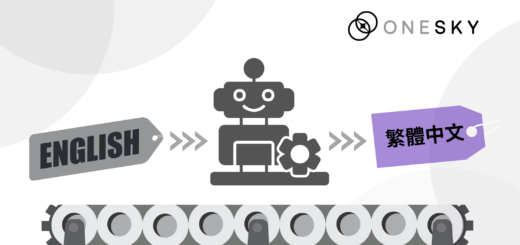
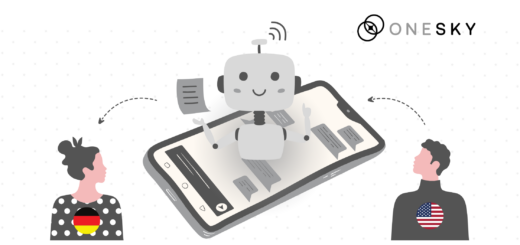
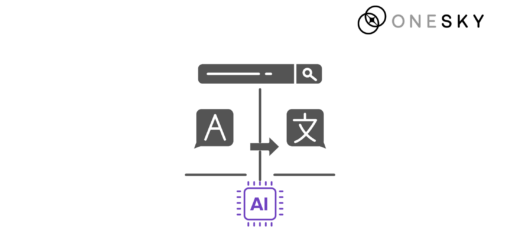
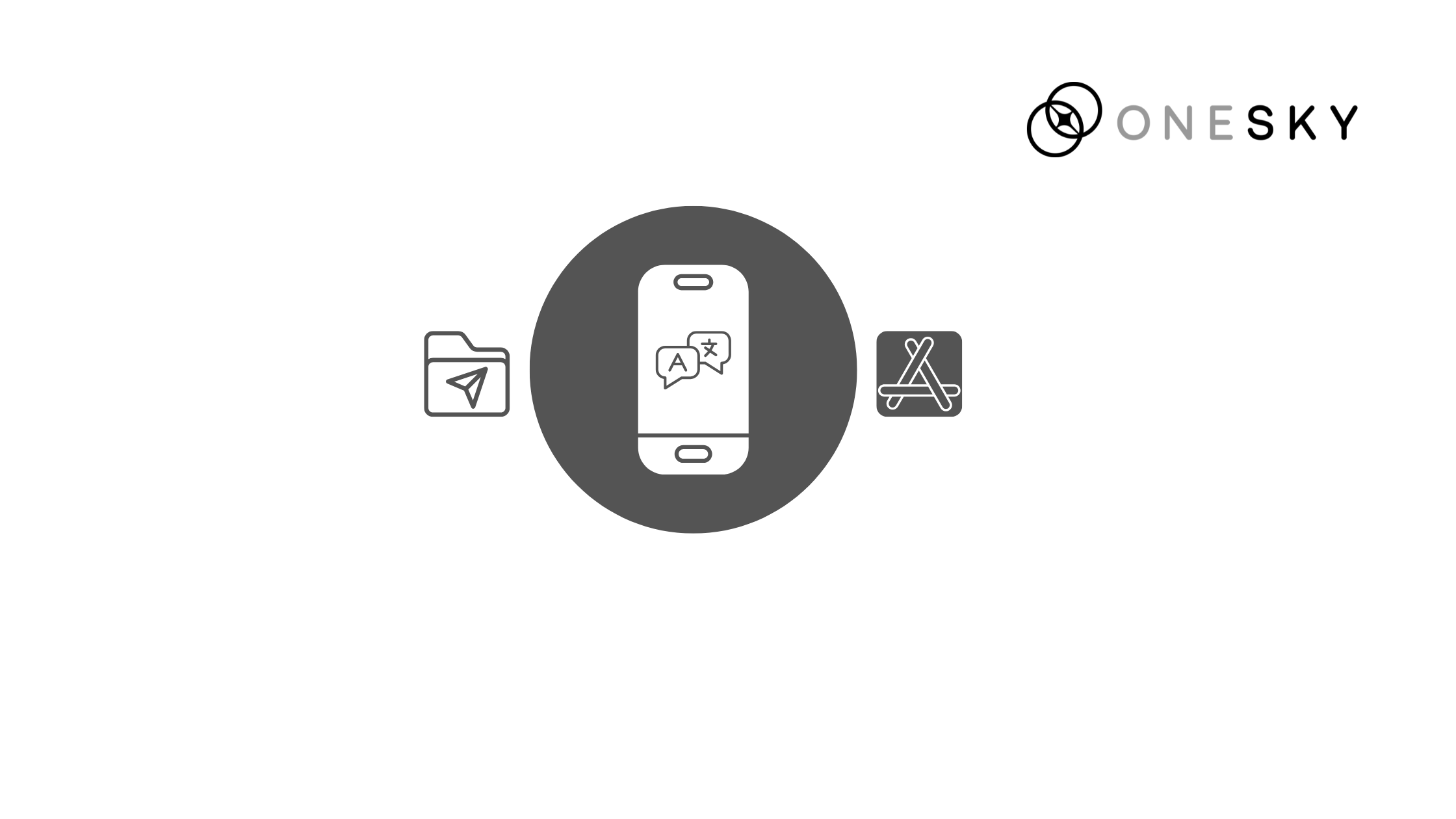


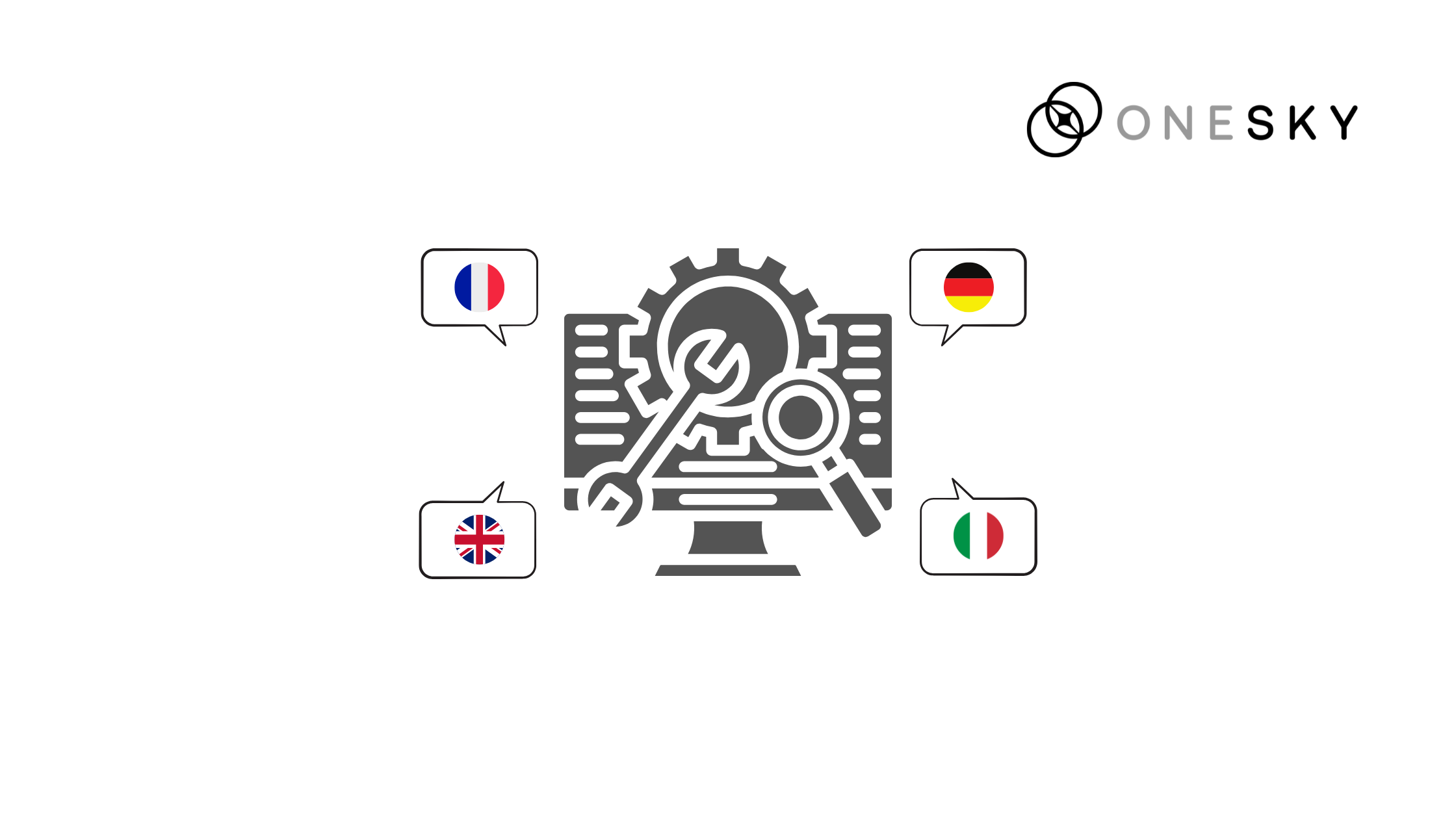

 Written by
Written by 


